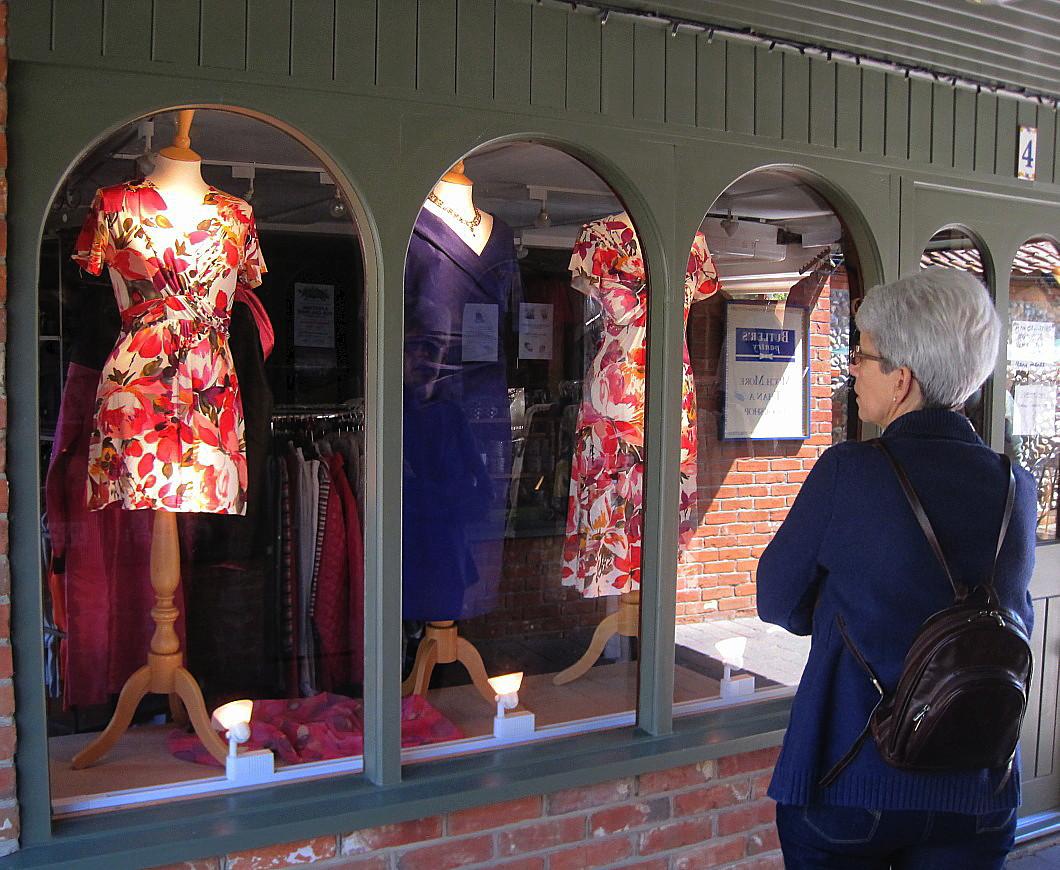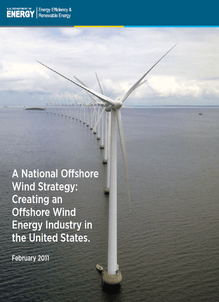One in Five Dunkin' Donuts Shareholders Want Nanomaterials Report


Last week’s shareholder resolution to investigate Dunkin' Brands’ use of nanomaterials in its products was not approved, but resolution organizers are still claiming success. The resolution, the first of its kind on the controversial particles, received nearly 20 percent approval from investors -- a sign of “victory,” according to As You Sow, the shareholder advocacy group behind the vote.
The resolution, filed by As You Sow (AYS) on behalf of Andrew Behar, CEO of AYS and a Dunkin’ shareholder, called for the corporation to create a report on the risks of using nanomaterials — extremely small particles with little-understood health effects — in its Dunkin’ Donuts and Baskin-Robbins food products and packaging. A 2013 report by AYS showed laboratory tests detected titanium dioxide nanoparticles in the sweet, white coating on Dunkin’ Donuts powered cake donuts. That report found the same materials in powdered donuts from Hostess, Walmart and Kroger brands, among others.
At the May 6 annual shareholders meeting, 18.7 percent of Dunkin’ investors — representing roughly $548 million in investor share — voted in favor of investigating the consumer risks of nanomaterials in food products. Austin Wilson, associate at AYS, says the organization was happy with the result -- noting that it is extremely rare for shareholder votes to reach the 50 percent threshold required for company adoption.
“The resolution itself is helpful in that it demonstrates to the company that a significant percentage of institutaional investors are concerned,” said Wilson. “We don't expect a Fortune 500 company to completely change its business model overnight. But it’s all about making progress toward addressing [investor] concerns.”
Food manufacturers see potential for nanomaterials to improve product taste, texture or quality of processed food products. The particles are also beginning to show up in food preparation packaging — silver nanoparticles, for example are used as an antimicrobial agent. Because of their extremely small size, nanomaterials have been shown to enter the body on a cellular level and the effects on human health are poorly understood.
Nevertheless, the real extent of nanomaterial use in the food industry is not entirely known. The Food and Drug Administration (FDA) has not issued formal regulations on the particles, instead approaching the issue on a case-by-case basis. In 2012 the FDA announced that without further testing, nanomaterials should not be categorized as GRAS, or "generally recognized as safe," which means that food additives in nanomaterial form must be approved by the FDA before use. However, the agency has yet to establish any formal parameters or methodologies for testing the safety of nanomaterial food additives.
Within the scientific community, there is not even an agreed-upon definition of the term, besides a requirement that at least one dimension of the particle must measure less than 100 nanometers (a one nanometer particle is equal to on-millionth the size of a grain of sand). While nanomaterials may be composed of familiar matter, like carbon or silver, its miniscule size changes the way it interacts with humans and animals. Studies have shown nanomaterials can enter the body via inhalation or through the skin, and particles smaller than 300 nm can be taken up by individual cells. A 2013 report by UC Davis scientists found that inhalation of nanomaterials commonly found in household products, including titanium dioxide, causes lung inflammation and damage.
Shareholder resolutions may not seem the most obvious tactic to address public health issues, but AYS points to examples of past success. A 2008 shareholder resolution to Home Depot was withdrawn after the company agreed to create a sustainability report on its wood sourcing. Today Home Depot touts its commitment to sustainabile forestry, noting it sells more Forest Stewardship Council-certified wood than any other retailer. In the wake of the Citizens United case, shareholder resolutions have been instrumental in pressuring companies to disclose political campaign contributions.
As for those powdered donuts, As You Sow is looking to Dunkin’ Brands to make some moves toward addressing investors’ nanomaterials concerns.
“We hope that the company will choose to take a substantive action toward addressing those concerns,” said Wilson. “We believe that companies that are focused on corporate responsibility are setting themselves up for long-term profitability.”
Image credit: Rene Schweitzke, Flickr


















